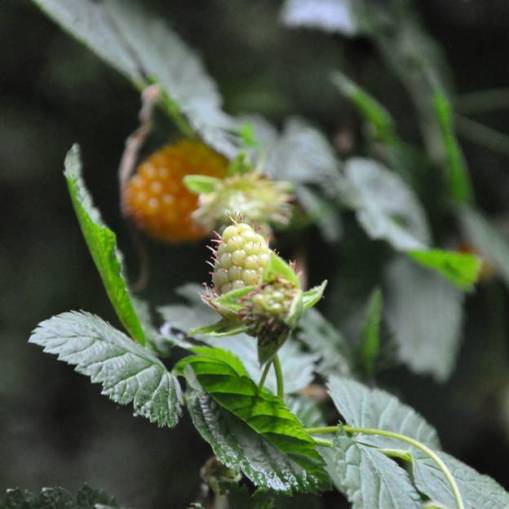In a couple of hours, I’ll be off to pick the kids up from their late-night flight into town. There’s a lot that I hope we’ll pack into this summer, and they are coming in just the nick of time. They’ve missed the great hot weather we had last week – into the 90’s.

This moth hiding in the grass would have been fun to show the kids.
He was really calm in the cool of the evening when I took this shot on my finger.
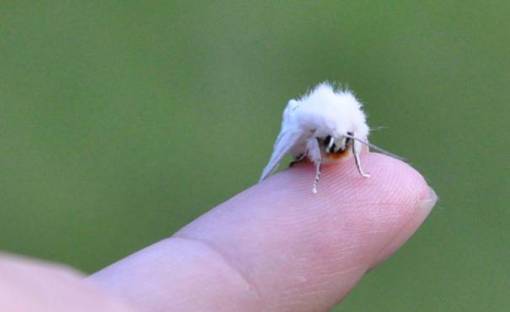
I finally got out of the house around 7 today to walk around. Many of the flowers have faded, like this rhodey:
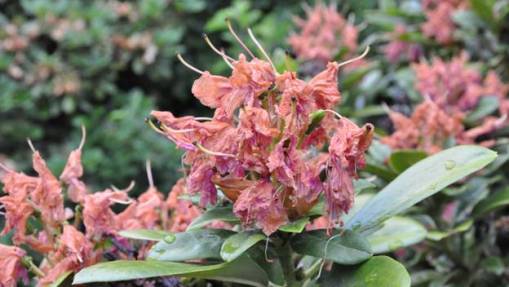
Others, like this lovely one covered in water droplets, have a few blooms left.
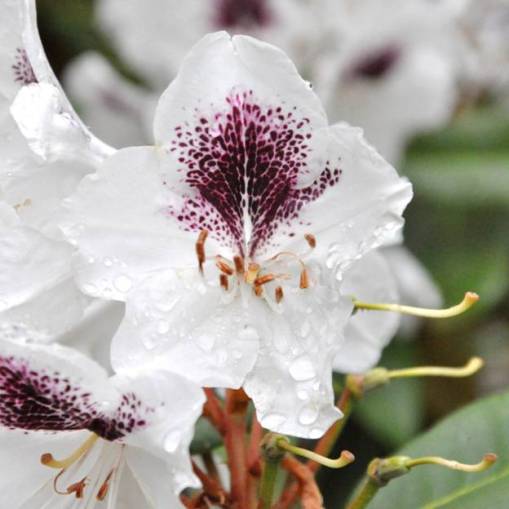
Others are going full throttle

Just like last year, in spring one of the plum trees was covered in blooms, while the other, knocked back by drought and deer, had only a handful. I picked those and tried a bit of my own pollen match-making – looks like it (or something) may have worked! Some of the plumlets are being shed, but a few are developing into hard green fruit.
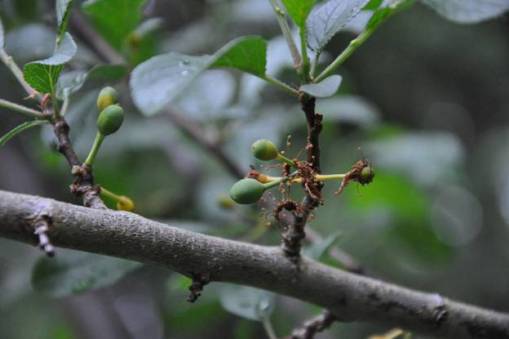
This one, in particular, looks promising. Probably it will make a nice mouthful for a deer…

Every year, the leaves make a nice meal for various caterpillars. The ones that come later I can easily find – their protection, as far as I can tell, is to excrete all over themselves – they look evil and smell like rotten prunes. I think this early batch saves itself by dropping from the tree when I approach – I found a small caterpillar clinging to my arm last week when I visited the tree. When I tried to pick it off, it flung itself away on a strand of silk and then, after a moment, started climbing the strand again.

On my walk in the damp and cool, I also came across these mushrooms growing on a dried out dead tree, just behind a strand of gooseberry and a small salmonberry bush. They look good enough to eat, although I’m not going to attempt it!
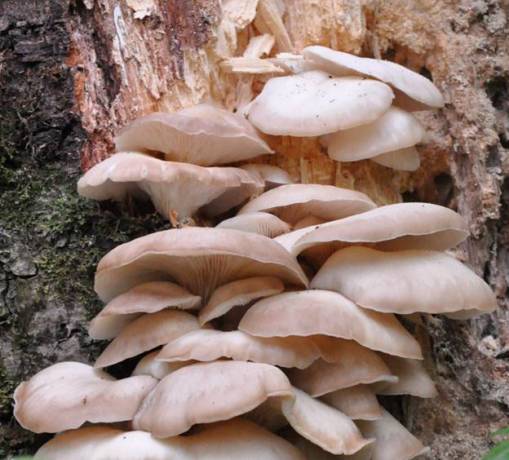
Most importantly there are salmonberries.

Although a few have been snatched by the birds, the salmonberries are just getting started!
The yellow-orange ones are always the first to arrive, later we’ll also have the beautiful red ones. The Indians called them salmonberries because they thought the drupes looked like salmon eggs. Wikipedia says that it’s said “the name came about because of the First Nations’ fondness for eating the berries with half-dried salmon roe,” but that ain’t the way I heared it.

Drupes, by the way, are the small fruits that collect to make aggregate fruits like raspberries. Salmonberries are in the Rubus family, along with raspberries and blackberries.
This lovely one is not ripe at all! Plenty of time yet for the kids to get some!
